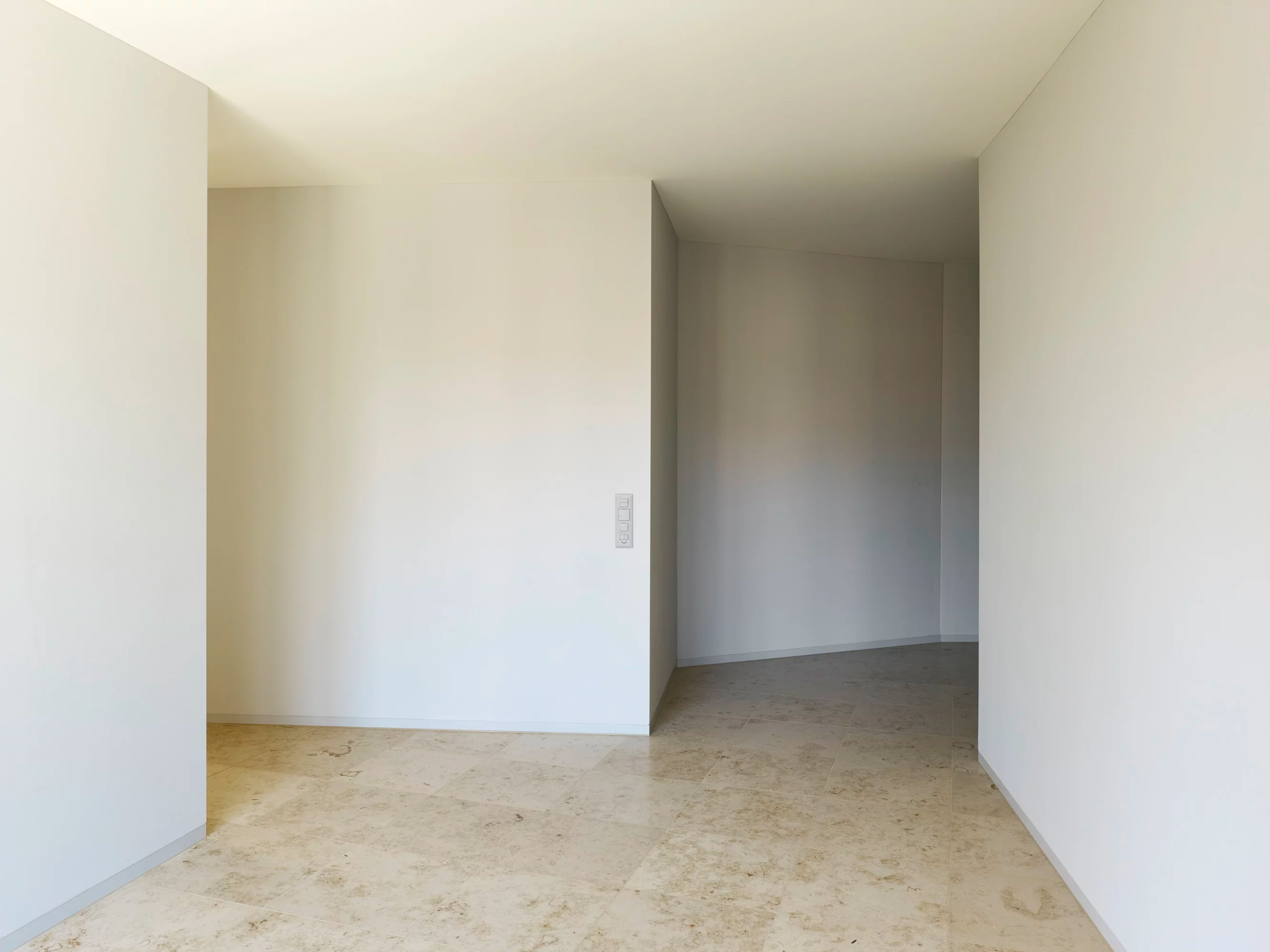The collection is reproduced at the start of House Tour: Views of the Unfurnished Interior (Park Books, 2018).
This essay is based on an unpublished introduction to the book House Tour: Views of the Unfurnished Interior (Park Books 2018) with essays by Francesca Hughes, Nicholas de Monchaux, Georges Teyssot, Martin Steinmann, Christophe Joud and Lorraine Beaudoin, Emma Jones, Sandy Isenstadt, Michael Hill, John Macarthur, Claire Lehmann, Charles Rice, Hans-Christian Dany, Marija Marić, Ariell Ahearn, and Stephen Lezak.
Positions is an initiative of e-flux Architecture.
